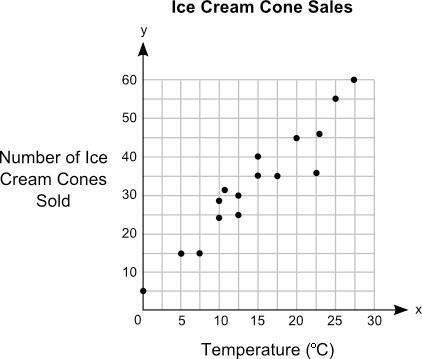
Mathematics, 18.03.2021 03:00 allimaycatp8qgaq
We consider two independent copies fX1(t); t 0g and fX2(t); t 0g of this process, and we define Y (t) = jX1(t) X2(t)j for t 0 We can show that fY (t); t 0g is also a birth and death process. a) Give the birth and death rates of the process fY (t); t 0g. b) Calculate the expected value of the random variable Y (t) after two transitions if X1(0) = X2(0) = 0 c) Calculate the limiting probabilities of the processes fY (t); t 0g.

Answers: 1
Another question on Mathematics

Mathematics, 21.06.2019 15:50
Astandard deck of cards contains 52 cards. one card is selected from the deck. (a) compute the probability of randomly selecting a seven or king. (b) compute the probability of randomly selecting a seven or king or jack. (c) compute the probability of randomly selecting a queen or spade.
Answers: 2

Mathematics, 21.06.2019 18:30
Write the slope-intercept form of the line that passes through the point (1, 0) and is parallel to x - y = 7. t
Answers: 2

Mathematics, 21.06.2019 20:40
Describe the symmetry of the figure. identify lines of symmetry, if any. find the angle and the order of any rotational symmetry.
Answers: 1

Mathematics, 21.06.2019 21:30
Which equation shows the variable terms isolated on one side and the constant terms isolated on the other side for the equation -1/2x+3=4-1/4x? a. -1/4x=1 b. -3/4x=1 c. 7=1/4x d. 7=3/4x
Answers: 1
You know the right answer?
We consider two independent copies fX1(t); t 0g and fX2(t); t 0g of this process, and we define Y (t...
Questions






Chemistry, 21.12.2021 14:00


Advanced Placement (AP), 21.12.2021 14:00


Computers and Technology, 21.12.2021 14:00



English, 21.12.2021 14:00



Mathematics, 21.12.2021 14:00



SAT, 21.12.2021 14:00

Mathematics, 21.12.2021 14:00




